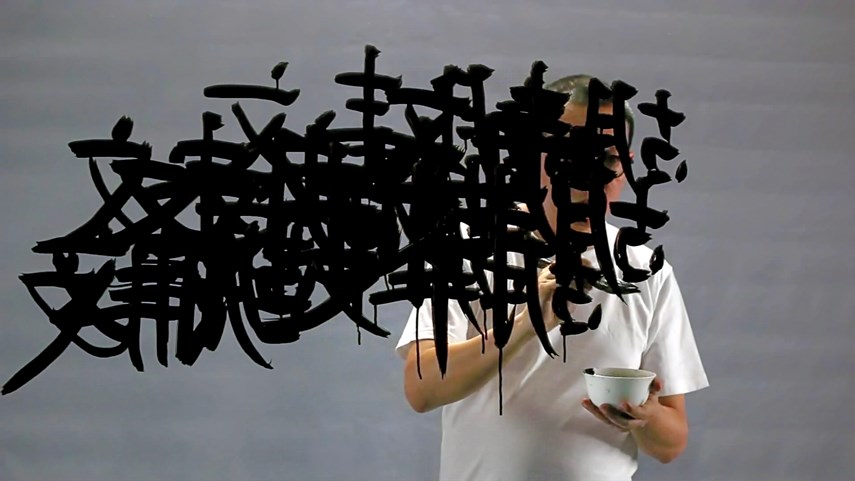Just as the grand photographs, videos, drawings and installations arrived for Polygon Gallery’s spring exhibition, so did a pandemic.
You know what happened next: the world contended with a new virus and a scary reality while businesses closed up shop, people stayed home and arts organizations pondered what life might be like without an audience.
As the height of the pandemic waned, the audiences have starting to reappear.
Polygon Gallery’s new exhibition – the same one they were slated to launch in the spring but had to suspend – is running from Sept. 4 until Nov. 8.
The exhibition, called Third Realm, is a group show featuring contemporary art from across East and Southeast Asia.
As part of the gallery’s full reopening, the massive exhibition featuring mixed-media pieces will be displayed on both floors of the Polygon.
“With 15 artists, it’s a sweep, it’s a large view,” says Helga Pakasaar, chief curator at Polygon Gallery. “It was on the docket for a while and the plan was to open it in the spring. We had arranged to have it all shipped to us, it had arrived, and then COVID struck. Instead of just sending it back we thought we’d just sit on it and possibly show it in the fall.”
The exhibition highlights some of the most important working in Asia today, according to Pakasaar, who notes it focuses on the particularly artistically fruitful period from 2004 to 2019.
Highlights include the work of Thai artist and filmmaker Apichatpong Weerasethakul, Cao Fei, the first Chinese artist to have a solo show at Paris’s Centre Pompidou, as well as FX Harsono, widely regarded as Indonesia’s most prominent contemporary artist, says Pakasaar.
One of Harsono’s pieces, says Pakassar, is the powerful Writing in the Rain, a video that depicts the artist, originally from China, writing his name in Chinese characters as rain slowly washes the ink away.
“His name had to be changed when he went to Indonesia,” says Pakassar. “It’s a very beautiful short film about shifting identities.”
Many of the pieces featured in the exhibition showcase Asian artists reflecting on the massive social, technological, political and cultural phenomenon they experienced in their homelands during the first part of the century.
Massive urban development and different forms of communication are among the themes explored, says Pakassar.
“That was very significant – that artists became aware of other things going on in the world that maybe they were isolated from before,” she says.
Speaking of change and isolation, Pakassar notes how art tends to reflect the moment, even by accident, as is the case with Third Realm. Although the exhibition was first scheduled to appear during what feels like our increasingly distant pre-COVID times, its current form perfectly encapsulates societies in a state of flux, contending with political transformations and even health challenges no one would have imagined.
“What’s quite interesting to me is how it’s become increasingly germane to the moment. It’s an exhibition about change, a lot of social change, and national identities and how they transform. It has many themes that seem relevant to today’s landscape."



